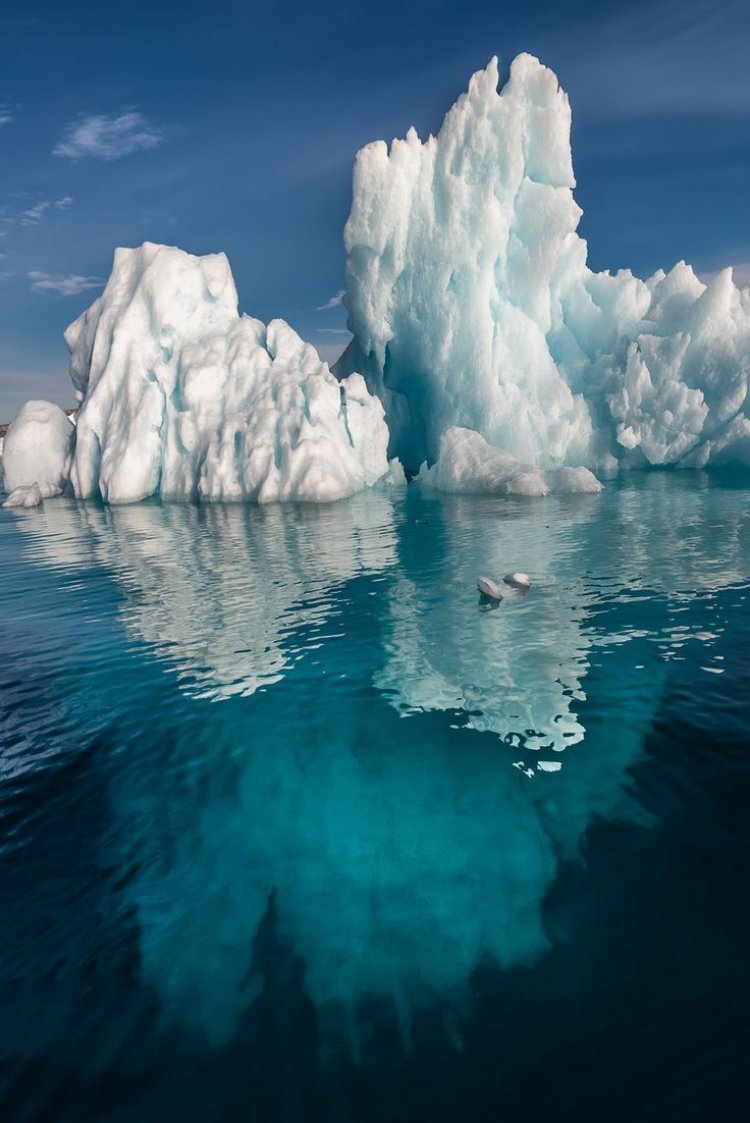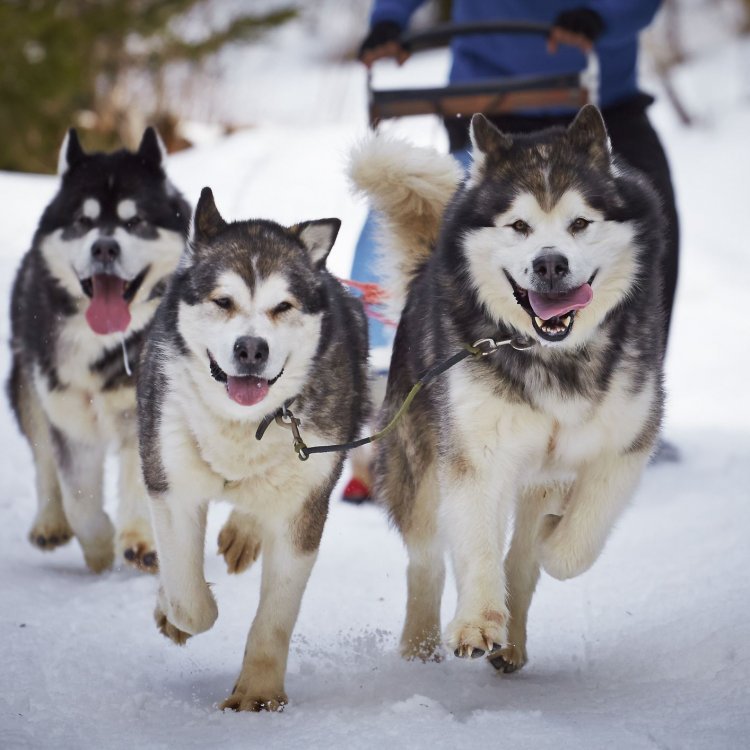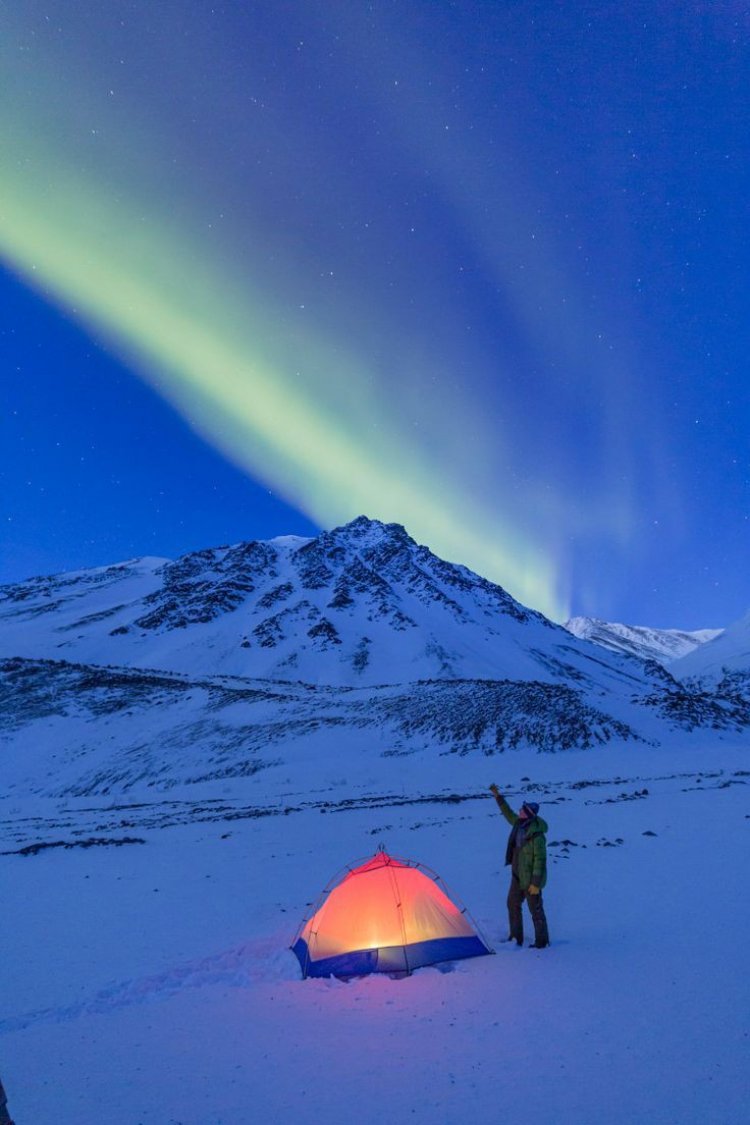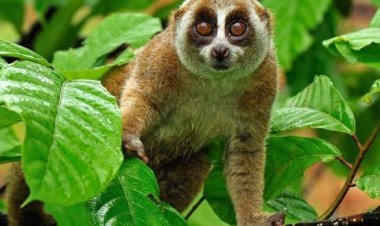Arctic Ocean- Explore the frosty beauty
Arctic ocean- explore the frosty beauty

ARCTIC OCEAN- EXPLORE THE FROSTY BEAUTY
When whale hunters discovered the regal settlement of a mystic ocean, they really unveiled an occult world of the Arctic ocean. Because it’s the only ocean that is less visited and explored by men among other oceans spanning over the world. So, the universe is only less acquainted with its aspects and specialties. This article on the Arctic Ocean is exploring the part and parcel of the ocean’s beauty. The major part of the North pole is covered with a frosted ocean and this Arctic zone is composed of the parts of Canada, Russia, Iceland, Norway, Sweden, Finland, Greenland island, and the Arctic Ocean. Wanna know more? Then, check out this article.
The ice-covered Arctic Ocean
The Arctic Ocean is the smallest ocean among the other 5 oceans and always remains frosted. This ocean that covers about 1,40,56,000 sq kms and with 45, 389 kms length comprises the islands like Iceland, Greenland, Baffin, Devon, Victoria, Melvin, Banks, Ellesmere. The broadest continental shelves can be seen here under the ocean and floating ice glaciers, icebergs can also be seen. Often, the ocean surface will be covered with 60,00000 sq km of polar caps. It’s perilous to have ship expeditions through Arctic Ocean due to the floating glaciers formed from the innumerable snow mountains under the ocean.
Human inhabitation in Arctic regions
The chilling temperature in Arctic Ocean would be nearly -20 degrees celsius and it’s spine-tingling that human managed to survive in that frozen habitat. But, they can only be seen in some favorable areas in low density. The earlier group of people living in the arctic areas of Scandinavia and Eurasia is called Lapps and they depend on reindeers for flesh and milk. The permanent inhabitants of arctic regions are the Eskimos who are mainly found in the parts of Greenland, Labrador, Hudson, and hunting along with fishing are their means of livelihood. They remain in subterranean permanent homes or temporary ice-made houses called Igloo. Inuit, Yupik are their common languages out there and earlier, they distanced themselves from the outer world. But, now the modern world is inviting them for various labors and eventually, they’re getting mastered in different languages and cultures.
Animal life in Arctic regions

The herbivorous animals like musk deers, lemmings, reindeers, arctic rabbits, and carnivorous species like arctic wolf, arctic fox, rodents, the red fox can be widely seen around the arctic regions. Due to the chilling atmosphere, the arctic lacks the presence of reptiles, invertebrates, and amphibians. Ravens, snow budding, gyrfalcon, and various migratory birds are the bird varieties and diverse sea animals like walrus and erinathus seals, pusa seals those hunt fishes are also the beast inhabitants. By the end of the winter season, the Arctic Ocean is abundantly blessed with a wide variety of fish and whales.
Greenery in Arctic regions

There are nearly 5000 varieties of plant species that include diverse small plants, mosses, and fern plants. The Taiga forests in southern areas of Arctic are crowded with coniferous trees and when reaching towards the Tundra boundary, shrubs can only be seen. Grasses, cyprus, lilly, orchids, long coniferous trees of 35 meters, 2000 varieties of algas, lichens formed by the combination of fungus and algas, liverworts seen both in water and land, rootless mosses are also the significant vegetation in Arctic regions.
Colourful nights in Arctic regions

Polar regions are peculiar for its colourful nights because the sky seems to be painted with reddish and green lights and this natural phenomenon is known as ‘Aurora’. The charged particles emitted by the sun collide with the atoms present in the magnetic region of atmosphere, thermosphere. And, the aurora lights seen in Northern poles are called ‘Aurora Borealis' or ‘Northern lights’ and this gleeful sight occurs during March- April and September-October.
Try to explore the places that weren’t opened to the world vastly like the frozen beauty of Arctic Ocean.

















